Would you eat this crunchy, salty bush tucker?
Twitchers find samphire blooms in Kinka
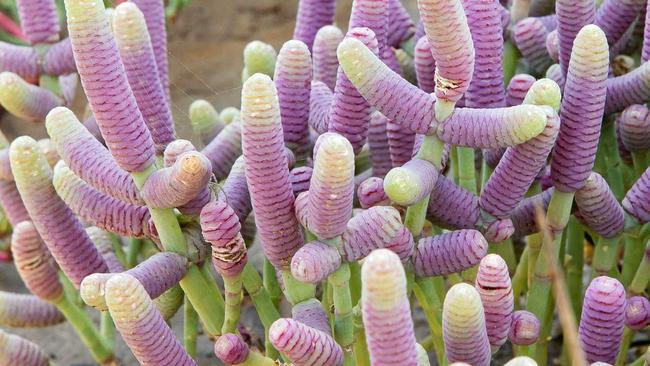
Community News
Don't miss out on the headlines from Community News. Followed categories will be added to My News.
There are more than twenty species of samphire or saltmarsh around Australia but most of them are dull green or grey.
Crunchy in texture and high in vitamin A, it is a source of bush tucker which some people pickle and pair with seafood.
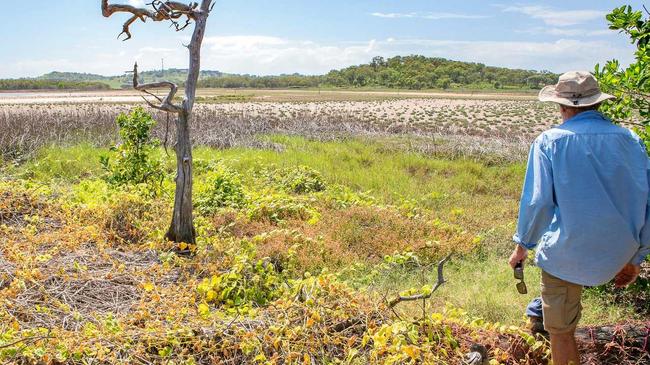
Members of the Bird Life Australia Capricornia branch stumbled across a magnificent mauve hectare of samphire in the wetlands between Kinka Beach and Emu Park in January.
The 'twitchers' stake out the Kinka wetlands every month to record bird populations for a nation-wide census, and help weeding the area of invasive plants.
Kylie Jones took photos of the purple plant which was identified by John McCabe as Grey Samphire (Tecticornia australasica).
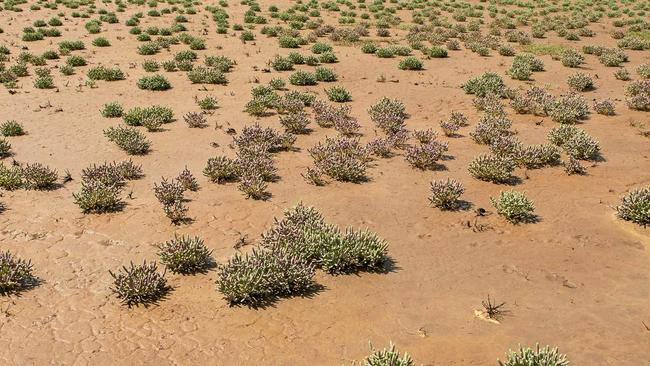
Mr McCabe said it is common in inland tidal flats such as Lake Eyre but he had only seen it around Rockhampton before at Coconut Point National Park near Zilzie.
"What really strikes people about this samphire is it turns from mauve to purple during the drying phase,” he said.
"What people may not know is the saltmarsh community is a blend of plants and marine creatures and it's vital in supporting the fishing industry.”
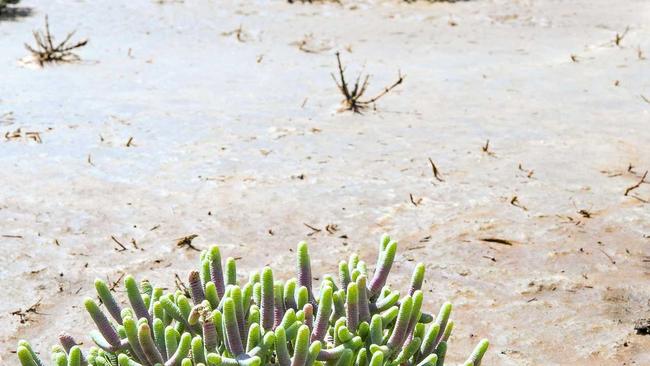
Animals that use this habitat type include yellowfin bream, juvenile barramundi, chestnut teal, yellow chat, beach stone-curlew, Australian painted snipe, Pacific golden plover, red-necked stint, marsh sandpiper, sharp-tailed sandpiper and water mouse.
Mr McCabe said the Kinka wetlands were originally a grazing paddock which were enclosed by a levee bank.
"Only the highest tides still get in, which means it's a highly saline environment which goes for long periods without rain or tidal water.
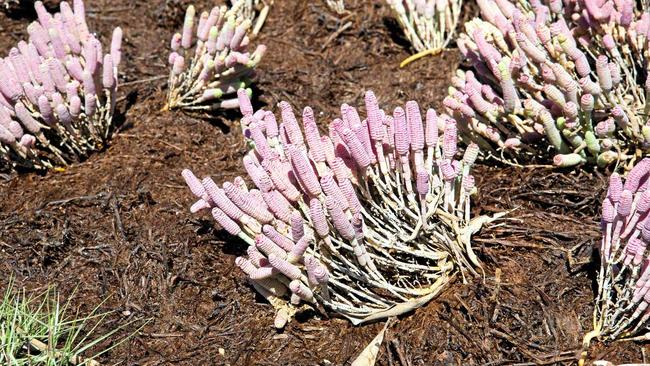
"The samphire sets its seed and then it seems to disappear.”
The Kinka wetlands were declared a reserve under the Council's trusteeship about fifteen years ago.
The Livingstone Shire Council provided funding to build fences in an attempt to deal with feral animals.
The Bird Life Australia Capricornia branch, which has about 80 members between Gladstone to Duaringa, use it as a reference point for their bird studies.
Mr McCabe said Mrs Molly Crawford of the Wildlife Preservation Society, who passed away earlier this year, was instrumental in making people aware of the area's importance.
Bird Life Australia Capricornia: contact Alan Briggs, Secretary on (07) 4935 4645 or email capricornia@birdlife.org.au
Originally published as Would you eat this crunchy, salty bush tucker?


